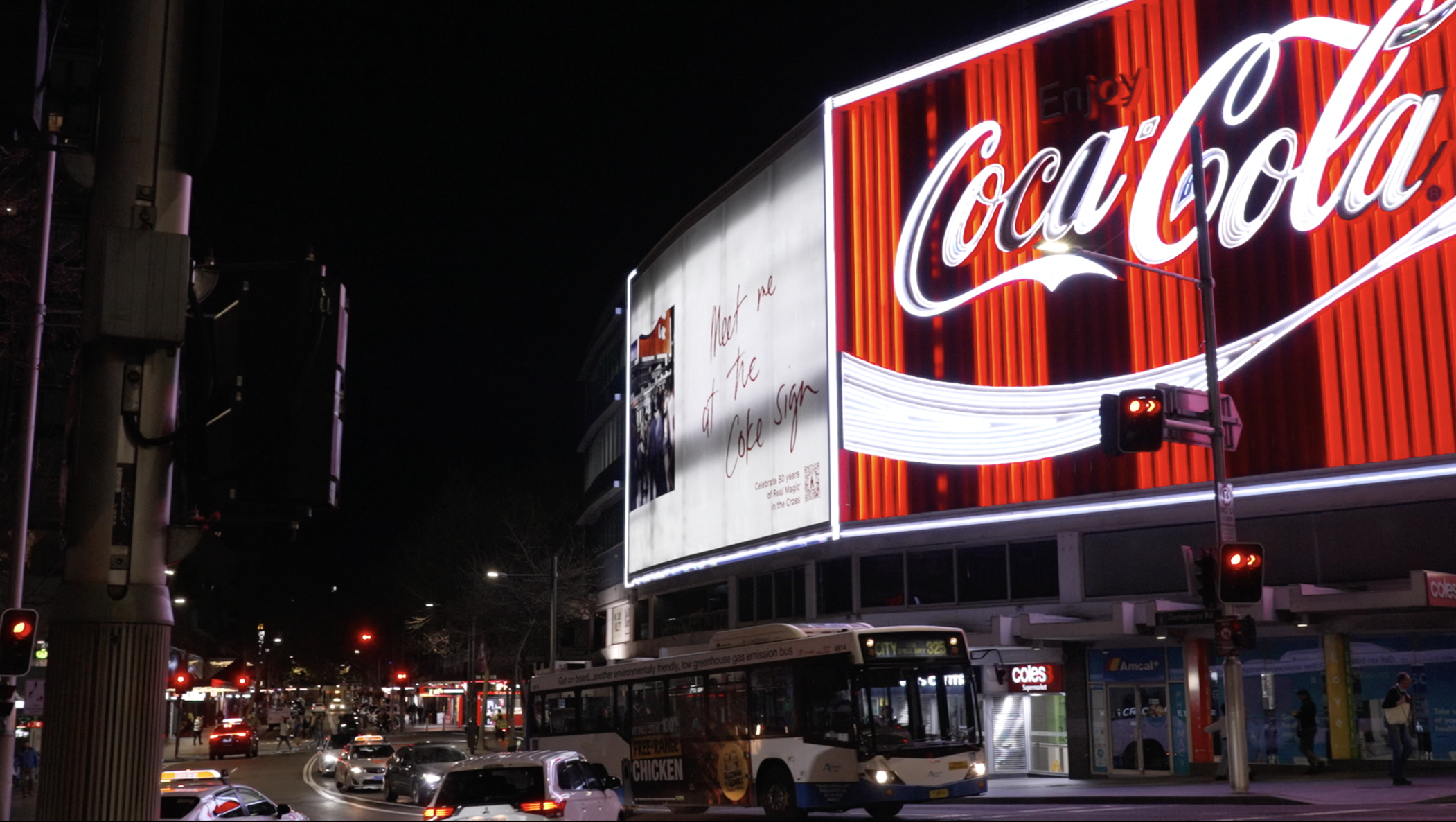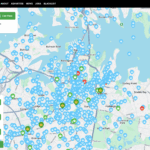Summary
As 'buy now, pay later' and gambling debts in Australia reach record highs, are young people more at risk of being financially negligent?
By Yasmine Alwakal, Bailey Angus, Chloe Clarke and Ella Garrett
Self-proclaimed shopping addict Grace Higgins doesn’t like to look at her bank balance.
Much like the payment plans she uses, this deliberate ploy has allowed her to mentally put off thinking about her finances to a future date, and remove any obstacle to the steady stream of parcels, of everything from leather jackets to activewear, skincare and haircare products, that keeps arriving at her doorstep.
She estimates to have amassed $20,000 in online shopping purchases. These orders didn’t put an immediate dent in Higgins’ bank account, but rather could be paid back over four interest-free instalments thanks to ‘buy now, pay later’ (BNPL) services like Afterpay, Zip or Paypal.
According to the Reserve Bank of Australia, Higgins is not alone, with almost one third of Australian adults having used BNPL in the past year, with those services experiencing an 8 per cent surge since 2019.
Working as a finance graduate, Higgins admitted: “I’m not great with the whole concept of delayed gratification, so I don’t like waiting for things. I like having them when I see it.
“If I was trying to buy something really expensive, which I couldn’t afford because I only got paid fortnightly and [BNPL] was advertised on the website… it just seemed like it made more sense to pay fortnightly… Then I could buy the item then and there.”
But often, these lending services are used to pay for essentials.
Quick to buy, late to pay
In a recent Financial Counselling Australia report, 32 per cent of Australians said they commonly use BNPL for utility bills including gas and electricity. Almost half said they used it to pay for petrol. And with rising cost-of-living pressures, 71 per cent of consumers reported using BNPL to fund food and grocery shopping.
Jason Collins, who heads the Masters of Behavioural Economics at the University of Technology Sydney and managed the Consumer Insights team at the Australian Securities and Investments Commission (ASIC) has witnessed this change.
“It’s interesting, for young people, credit cards are now basically dead. Buy now, pay later services have replaced them,” he said.
Unlike credit services, which are categorised by the National Consumer Credit Protection Act as providing loans in exchange for a small fee paid by customers, BNPL can be marketed as “interest free”. Retailers pay the cost on transactions. Consumers only need to contribute extra if they fail to make repayments on time.
Michael Witkowski, a senior hatter from Strand Hatters, one of Australia’s oldest boutique hat stores in the heart of Sydney’s central business district, is just one of a growing number of Australian vendors who offer alternative payment services for their customers.
“As a retailer, payment options for customers are important. And what’s interesting is before we had BNPL… when we only offered it online… people went out of their way to ask if we accepted Afterpay,” he said. “So it seemed like a natural progression to offer this service.”

Michael Witkowski, a senior hatter from Strand Hatters in Sydney.
While Afterpay is not the most popular in-store payment option at Strand Hatters, Witkowski believes it already requires more regulation.
“Financial security is a huge issue for people,” he said. “I feel like a lot of vendors are targeting vulnerable people, young people as well, so I think 100 per cent there should be more regulation around it.
“But in terms of selling hats, it’s a good thing.”
Even Okanui, a small surf and swimwear brand in Sydney’s northern beaches advertises Afterpay as an option in store.
“Afterpay has only been an option for just over 12 months in our stores,” said regional retail manager Jo Phillips. “It is another form of credit and it has its place in the market.
“I feel it is being targeted to ages 18-40 as this demographic is [often] technology savvy.”
But when one in four BNPL customers have missed their payments and 95 per cent of users feel worse off than before, grappling with growing debts and cutting back on essentials to make repayments according to the Small Loans, Big Problems report, is BNPL promoting irresponsible spending?
Risk versus reward
For Greg Ovens, who watched his daughter Claire develop a compulsion to shop at just 12 years old and before the emergence of BNPL services, he remembers the financial burden of acting as an “ATM”, or “Bank of Mum and Dad”.
“Because in those earlier years… [Claire] would put her hand out saying ‘Oh can I have money for this?’, ‘can I have money for that?’…,” he said.
“I’d say ‘well no, you don’t and you’ve already got shoes and handbags and jumpers and all that sort of stuff. So, you already have plenty now you just want more and you don’t need more and it costs too much’. So, it was a frequent conversation.”
Now working in the fashion industry, Claire views shopping as a form of self-expression and feels her relationship with online shopping has improved.
“I’ve definitely regretted purchases,” she said. “I feel like sometimes when I buy one thing, it unlocks the floodgates, and then I end up doing a whole lot more purchasing and then often I’m left feeling quite guilty afterwards that I went so crazy and spent so much.”
Claire said she embarks on self-imposed “spending bans” for up to three months. But despite her attempts at restraint, she also estimated to have spent close to $2,000 in the past week on non-essential clothing (and that’s with a staff discount).

At her new job, and wearing her newly purchased clothing, Claire’s world is entangled in the fashion industry.
The convergence of targeted online advertisements with social media trends like Little Treat Culture or #girlmath on TikTok can often justify high purchases and overspending behaviours for many young Australians.
TikToker, Samantha Jane, who coined the term ‘girl math’, described it as “fun logic”. According to Jane and 230 million TikTok users, purchases under $5 feel free. Returning an item means you’re actually making money. If you buy a $50 shirt and wear it 50 times, it’s only $1 per use.
“With social media these days, you are always being sold a new product,” said Claire. “You are constantly looking at influencers, celebrities and even people within your immediate and greater social circle, so there is always that pressure to keep up with trends. Make sure you are always wearing the newest thing.”
Almost every online shopping website Claire clicks on includes a BNPL advertisement. Email marketing routinely promotes binge spending events including Afterpay Day, Click Frenzy, End of Financial Year and Black Friday sales. For years, Afterpay was so deeply entrenched in the industry it sponsored fashion week. Or as it came to be known, Afterpay Australian Fashion Week.
Recent Afterpay video advertisements have become so all encompassing they target tennis fans, and Honda CRV driving suburban families, feature mythical trolls to celebrities in their promotional campaigns.
As Rebel Wilson spruiks in one, while holding a stuffed toy and miniature horse, to a young girl wearing a sparkling tiara, Afterpay is: “If credit cards and cash had a baby, you could pay over time without ever, ever, ever paying interest!”
While BNPL services have been under close scrutiny, with changes to the Australian Credit Act set to improve dispute resolutions, product disclosure and impose credit-check requirements which assess financial history and capacity before lending, these regulatory reforms have not yet been implemented.
Still, up to 27 per cent of young Australians aged 18-24 report using BNPL, comprising some of the highest users for these services. Almost half of all patrons earn an annual income of less than $40,000.
A study by the Queensland University of Technology also revealed females aged 18-25 years use BNPL services instead of saving.

The Lipstick Theory
Collins, from the University of Technology Sydney does not find this surprising. He said consumers shift their spending, as explained by the “lipstick theory” in times of crisis or recession.
“The basic idea is that in times of economic stress, some people increase the purchase of luxury goods, particularly small goods,” he said.




























